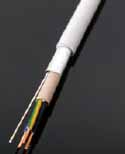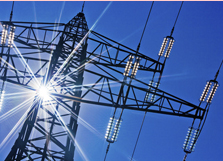
bluetooth headset


bluetooth headset

use shielded cables where possible
A new study of Kavetsky-Instituts/Ukraine on the influence of high-frequency radiation on living cells was published in September 2013. As a reminder, the German Radiation Protection Commission had informed the specialized committees of the German Bundestag in terms of new research results on mobile phone radiation at a hearing in May 2013. Thus, no new information would be available, the reduction of limit values after 26 Federal Emission Control Ordinance (BImSchV) would make necessary. The SSK refers back to the German Mobile Telecommunication Research Programme that completed in 2008. But further research is done especially abroad. More and more mosaic pieces strung together. The study of Kavetsky Institute was published on the website of the NCBI (National Center for Biotechnology Information). Continue reading
The gag, sew a pocket for mobile phones in the bra is already used for some time in America. It should be extremely easy for young girls to plug the phone into the cut quickly and to have within reach. Now hit a few doctors in the U.S. alert: they find a connection between the support point of the phone and breast cancer. Dr. Lisa Bailey in an interview: “I would never wear a handset directly on the body.” Even men could get breast cancer if they carry the device in a shirt pocket. The tenor of the doctors is: better run precautionary as an unnecessary health risk. Continue reading

The BioInitiative Working Group concluded in 2007 that existing public safety limits for electro-magnetic-fields (EMF) were inadequate to protect public health, and agreed that new, biologically-based public safety limits were needed five years ago. The BioInitiative Report was been prepared by more than a dozen world-recognized experts in science and public health policy; and outside reviewers also contributed valuable content and perspective.
Continue reading

Triggered by the energy transition in 2011 power to be transported from the windy areas of the North Sea to the South of Germany. As a transmission technique is the so-called high-voltage direct current electric power, abbreviated HVDC provided. The poles should be like a hundred meters high and have a voltage of up to 800 kilovolts (kV). So far, the current transmission in Germany is done by alternating current with a maximum voltage of 380 kV.
Continue reading